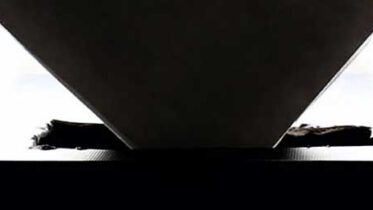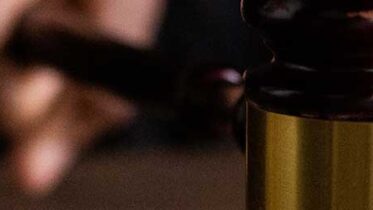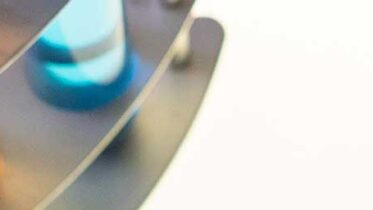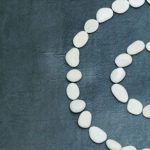Patenting biotechnology; Exceptions to be addressed
- 20 April 2015
- Articles
Innovation in biotechnology has made significant advances which until fifteen years ago seemed to be a science fiction story; inventions as monoclonal antibodies, recombinant vaccines and some processes for production of enzymes are testimony of this. Indeed, Chile has consolidated the industry, with over 100 active companies in the area, which include international benchmarks, such as Bayer, Ewos, and Syngenta and Research and Development Centers, as Fraunhofer, Pfizer and the Centre of University Wageningen UR.
But not all is patentable. Findings of public interest are considered as belonging to all mankind, such as the discovery of the genome or germplasm, cannot be protected. Similarly, innovations that seek protection under the local Industrial Property Law must meet their requirements. For example, legislation excludes from protection biological material existing in nature and the ones which can be isolated therefrom, as the genome or germplasm mentioned above.
Patentable cases include isolated microorganisms, which incidentally, must have novelty, inventive step and industrial applicability. Describing a microorganism can become an endless task; it is why it must be deposited in an internationally recognized institution to be protected, which ensures the reproducibility of the invention
On the other side are nucleotide sequences or nucleic acid sequences, which can be patented and protected under the law provided that obtaining said sequences involves a demonstrated technical contribution. Additionally, it is necessary to explain the industrial applicability of such sequences, i.e., their use, function or utility. Without this application, sequences are not patentable. An example of protection having the mentioned features is a nucleotide sequence obtained by a specific method, which encodes a particular polypeptide for use in some treatment.
Along with sequences, we can also protect the technical procedure allowing us to obtain the same, independently of the source.
Similarly, if nucleotide or nucleic acid sequences meet the described requirements and can be protected under the law, then the amino acid sequences have the same right to patent. Therefore, methods for obtaining the sequences (and consequently, the sequences themselves) are patentable only if they include man-made techniques and do not consist simply of biological processes described in nature.
Finally, it is important to remember that to meet all the above, either through sequences or procedures, inventions must meet the patentability requirements, i.e., they must have novelty, inventive step, industrial applicability and sufficiency of disclosure.









